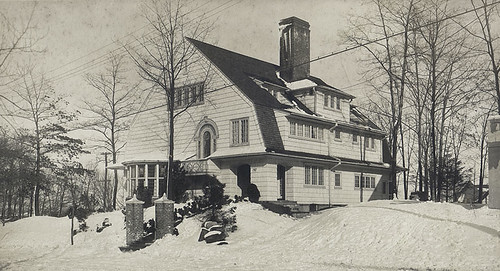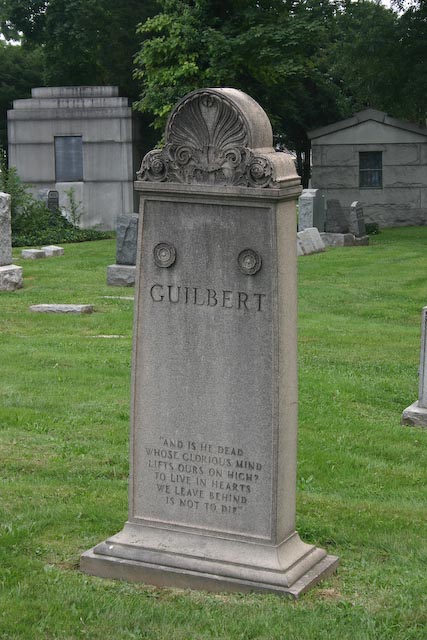The Newark Sunday Call of December 3, 1916, offered this brief obituary for Ernest F. Guilbert, who died two days earlier:
Few men in the last generation have left a more enduring mark upon this community than one who came here less than a decade ago, and who now has ceased his earthly labors. We refer to Ernest F. Guilbert, appointed supervising architect of Newark’s public schools in 1908. He gave to Newark school buildings a maximum of attractiveness and usefulness for a minimum of cost. He made few errors from the strictly utilitarian or structural sides, and none from the artistic and aesthetic angles. The Newark State Normal School, Central and South Side High Schools, Cleveland and other elementary schools are among the monuments Mr. Guibert has left behind him. His was a rare spirit trammeled in a frail body. He gave to Newark far more than he received from it, although this fact will only become generally appreciate now that he is gone. He was an educator quite as truly as those who deal with textbooks and toil in classrooms; he made the old grim factory-like school construction a dead letter; the old order vanished upon his arrival. So potent have been his teaching that Newark will never again be content with the architectural monstrosities of the past with which it is still scarred; and he did it all in little more than half a dozen years.




